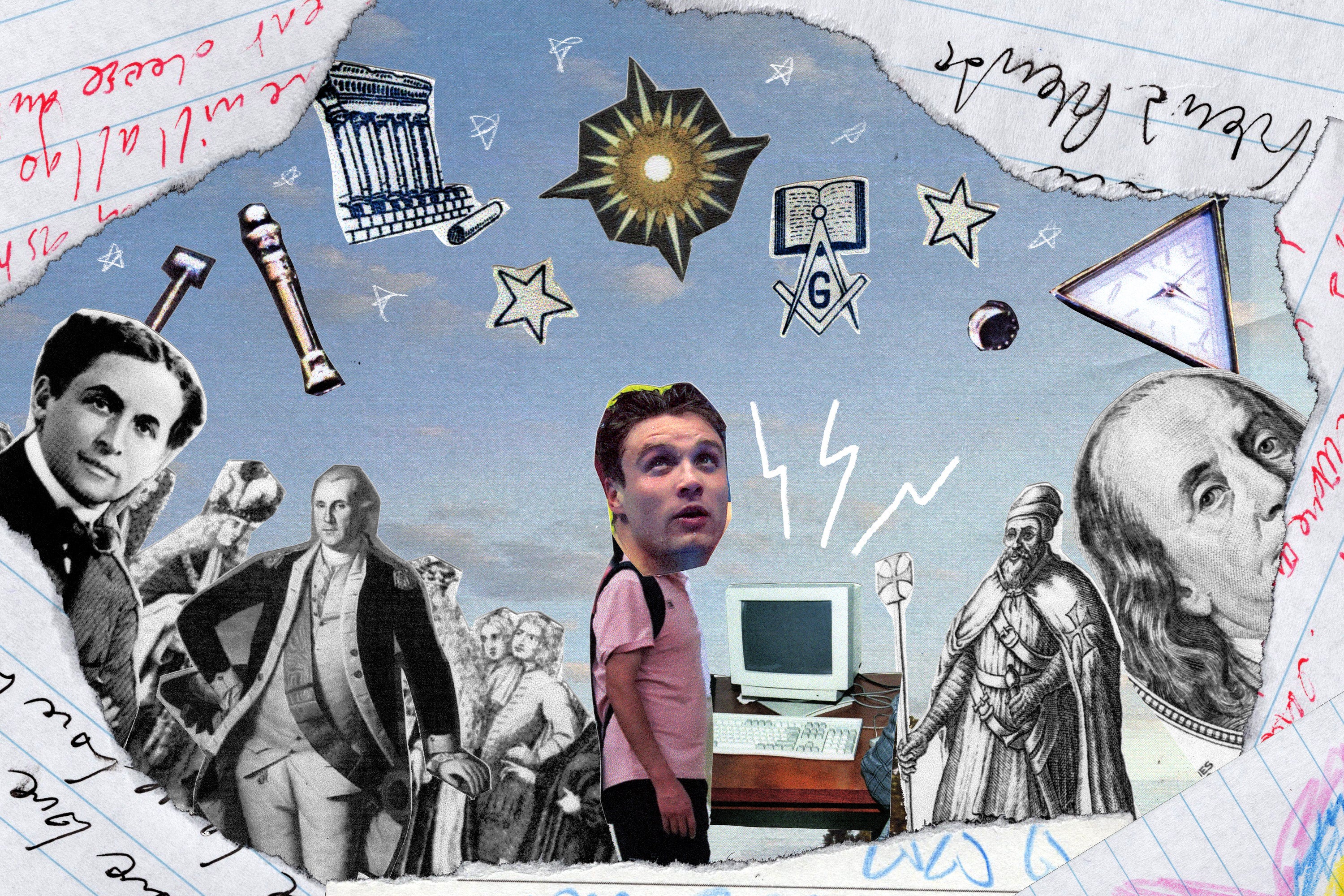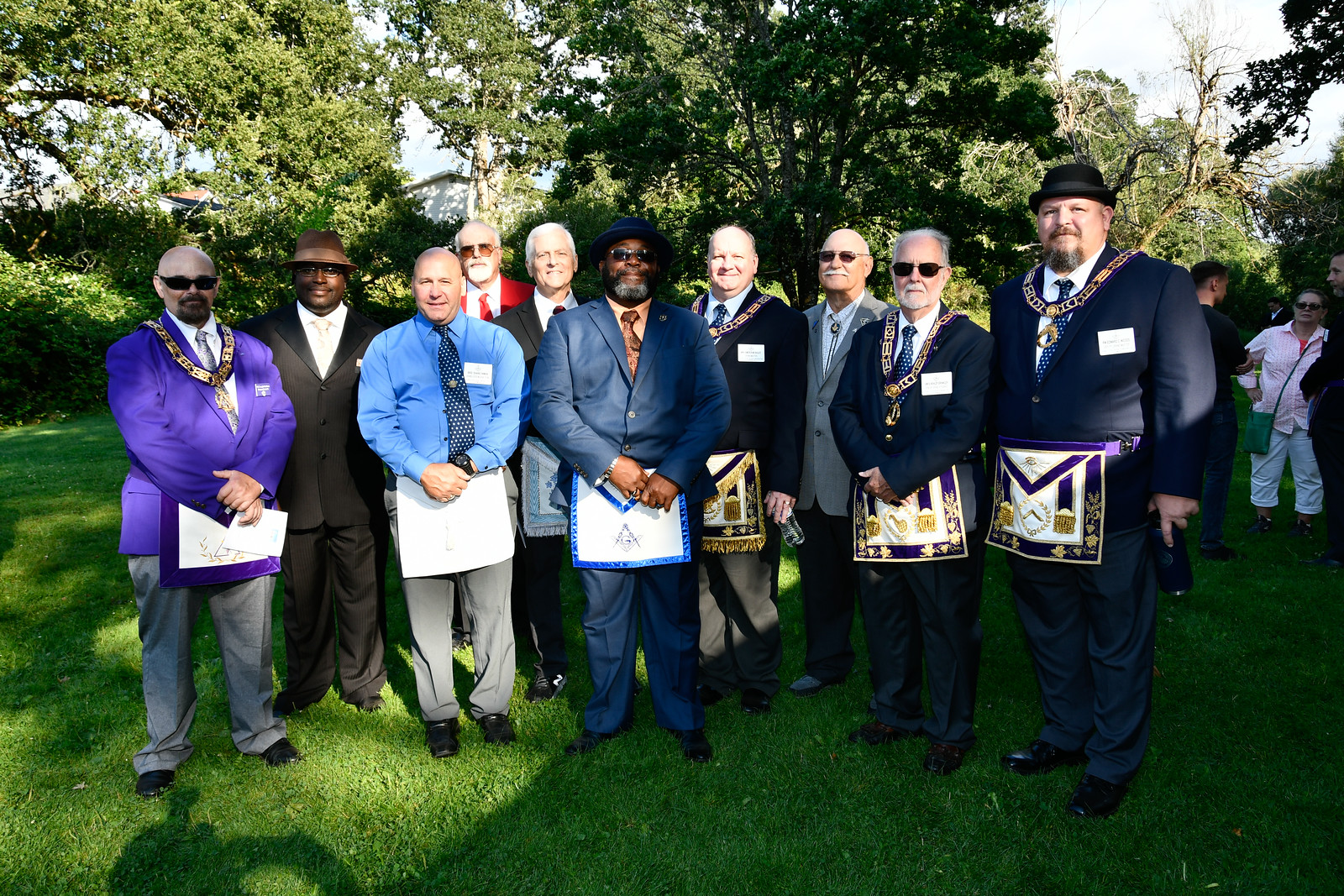Everything You Need to Know About How to Join a Masonic Lodge Easily
Everything You Need to Know About How to Join a Masonic Lodge Easily
Blog Article
Exploring the Mysteries of the Freemason: What You Required to Know
The Freemason, a term frequently shrouded in intrigue and conflict, represents an intricate tapestry of historical truth and contemporary myth. Established in the late 18th century, this secret society was initially rooted in the Knowledge's perfects yet has actually considering that ended up being identified with conspiracy concepts concerning elite control. As we browse the beginnings, crucial numbers, and the raw comparison in between myth and truth, one must take into consideration exactly how these narratives influence modern assumptions of power and secrecy. What could be disclosed through a closer examination of these elements could challenge long-held assumptions concerning the shadows that remain in our culture.
Origins of the Freemason
The beginnings of the Freemason are steeped in a mix of historic intrigue and ideological fervor. Established in 1776 in Ingolstadt, Bavaria, by Adam Weishaupt, the team was originally formed as a secret culture aimed at promoting Knowledge perfects such as factor, secularism, and the splitting up of church and state. Weishaupt, a professor of canon regulation, sought to test the dominating authority of the church and state, which he deemed overbearing institutions suppressing intellectual and personal liberty.
The Freemason looked for to hire prominent participants from different social sectors, including politics, academic community, and the arts, to cultivate a network dedicated to these Knowledge concepts. The society operated under a shroud of secrecy, utilizing coded language and routines to shield its participants from mistreatment, particularly given the repressive environment of the time. The Freemason encountered significant resistance from both governmental authorities and religious organizations, which viewed the team as a danger to their power.
Trick Figures and Members
Who were the critical figures that formed the Freemason's very early influence and direction? The Bavarian Freemason, started in 1776 by Adam Weishaupt, became a feedback to the overbearing social frameworks of the time. how to become a freemason. Weishaupt, a legislation professor, imagined the organization as a way to promote Knowledge perfects such as factor, secularism, and equal rights. His initial recruitment initiatives consisted of influential intellectuals, such as Baron von Knigge, that played a vital duty in increasing the group's subscription and organizational structure.
Another significant figure was Johann Gottlieb Fichte, a famous thinker whose concepts on nationalism and education and learning resonated with the Freemason's objectives. Fichte was not an official member, his thoughtful foundations affected the group's ideology. In addition, numbers like the author and philosopher Johann Wolfgang von Goethe were connected with the more comprehensive intellectual motions of the time, although their direct participation with the Freemason remains debated.
These crucial figures contributed to the Freemason's very early direction, pressing the borders of political and social thought, while their cumulative initiatives intended to challenge well-known standards and foster an environment of dynamic change in Europe.
Myths vs. Reality
Many mistaken beliefs border the Freemason, often mixing fact with fiction in a means that obscures its real nature. The idea that the Freemason proceeds to put in significant influence over globe occasions is a misconception - how to become a freemason.
An additional widespread myth is that the Freemason comprises a network of elite people adjusting global affairs. Actually, lots of conspiracy theory concepts overemphasize the team's importance, associating misguided intentions to societal patterns and occasions. This has caused an oversimplified view of complicated issues.

Modern Interpretations
Contemporary interpretations of the Freemason commonly mirror wider societal anxieties and a fascination with privacy and power. This contemporary lens regularly connects the Freemason with conspiracy theory theories that recommend a hidden elite orchestrates globe events, manipulating federal governments and economic climates for their own gain. Such stories take advantage of an ingrained wonder about of authority, particularly in times of crisis or social turmoil.

Moreover, some contemporary interpretations mount the Freemason as an allegory for the intricacies of globalization and the interconnectedness of influential people and organizations. This point of view motivates a crucial assessment of exactly how power dynamics operate in today's world, highlighting the equilibrium between openness and secrecy in administration and company techniques.
Cultural Effect and Heritage
Influenced by centuries of intrigue, the social effect and tradition of the Freemason prolong far beyond its historic beginnings. This secret culture, established in the late 18th century, has actually permeated various elements of popular culture, from literary works and film to music and art. The concept of the Freemason has advanced right into a sign of conspiracy concepts, typically standing for a viewed surprise power adjusting global occasions.
In literature, authors like Dan Brown have actually woven the Freemason right into intricate stories, fascinating viewers with themes of privacy and power. Films such as "National Treasure" and "The Da Vinci Code" further bolster the attraction of the culture, mixing fact with fiction to produce interesting narratives.
The Freemason's impact also prolongs into songs, with musicians referencing the organization to stimulate styles of rebellion and social critique. This representation has actually added to a fascination with the concept of clandestine groups managing the levers of power, reflecting social anxieties concerning authority and openness.
Eventually, the Freemason's tradition is a complicated tapestry of official source myth and truth, forming understandings of privacy and control in contemporary discourse. Its long-lasting existence in society emphasizes humanity's perennial quest for understanding concealed realities.
Conclusion
The exploration of the Freemason discloses an intricate interaction in between historic realities and modern-day myth-making. Established in the Knowledge era, this culture aimed to test oppressive frameworks, yet its tradition has been overshadowed by conspiracy theories that suggest elite manipulation. Understanding the distinctions in between the initial perfects and contemporary interpretations is crucial for understanding the enduring attraction with the Freemason and its significant impact on social stories bordering power and secrecy in culture.
Report this page